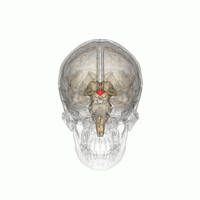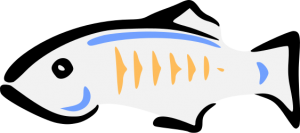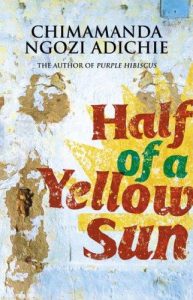I have read a few books on brain and neurology and I was not sure about getting this one by Dutch physician and neurobiologist Dick Swaab, “Wij zijn ons brein” (We are our brain in English). I am glad I did, even though I have some criticism to the book.
There are 22 chapters (including the conclusions) covering topics from brain development, the brain in the womb, sexual differentiation, sexual development, hormones, emotions, consciousness, electrical stimulation, morals, memory, free will, death and evolution. There are some tough stories, a few jokes, lots of brief accounts on research past and present and some general recurring themes that Swaab wants to address.
One thing that shocked me was the author’s profound aversion to sports…unless those sports are chess or bridge. Although he often stresses the importance of evidence his arguments against are extremely biased in this area: he basically refers to physical damage produced by high impact sports. I am not a health specialist but a simple search on the Internet for peer-reviewed articles on the benefits of (moderate) sports do give some interesting results.
I found it was a pity Dr Swaab did not include a biography. I know this is a book for laymen like me but even people like me want once in a while to read a little bit more about this or that.









